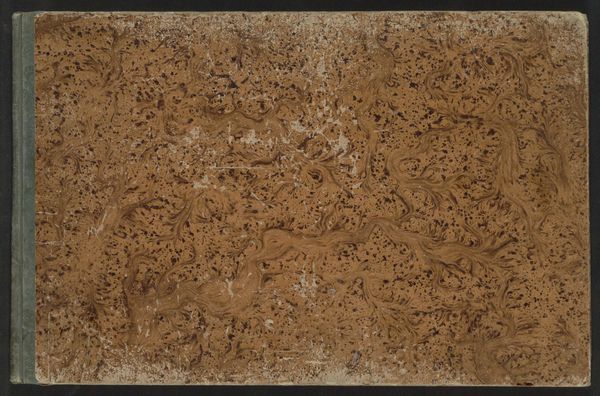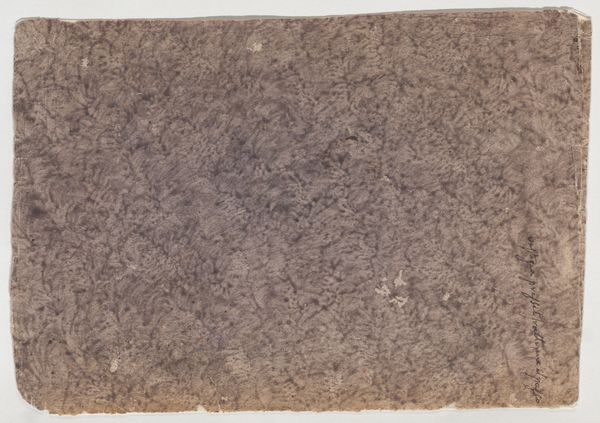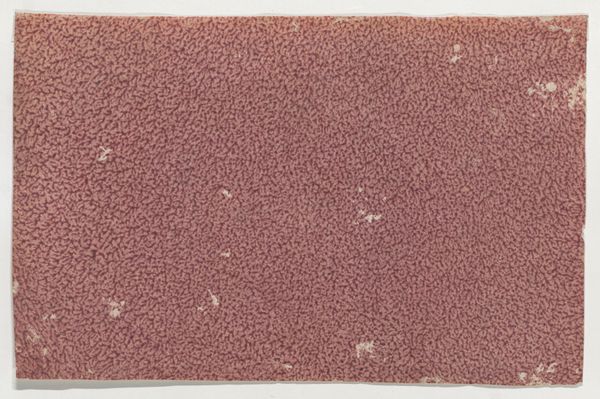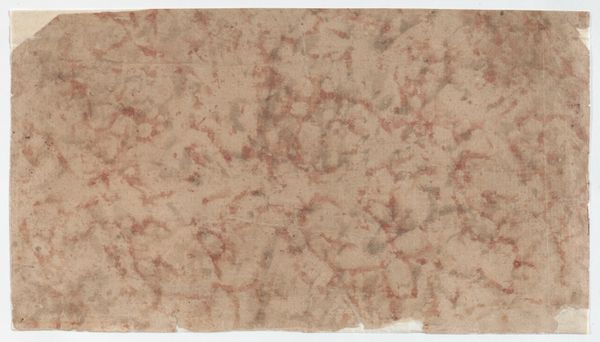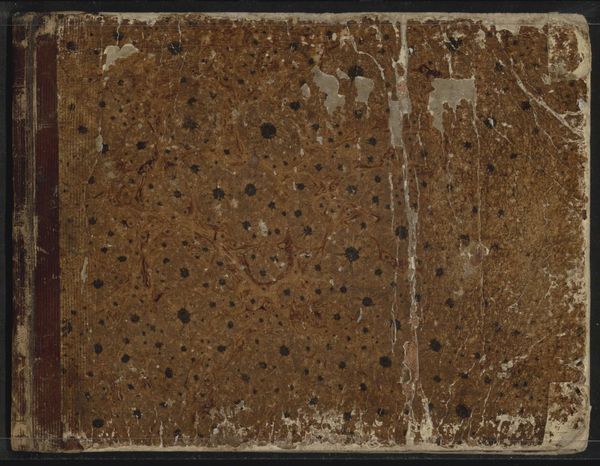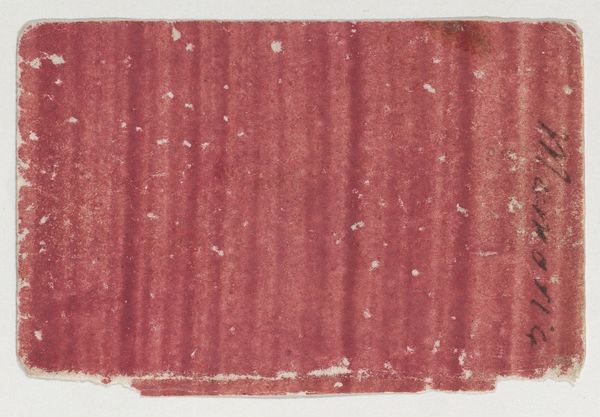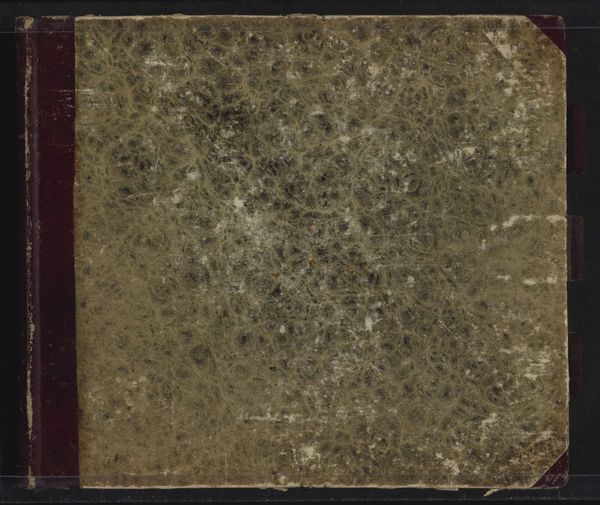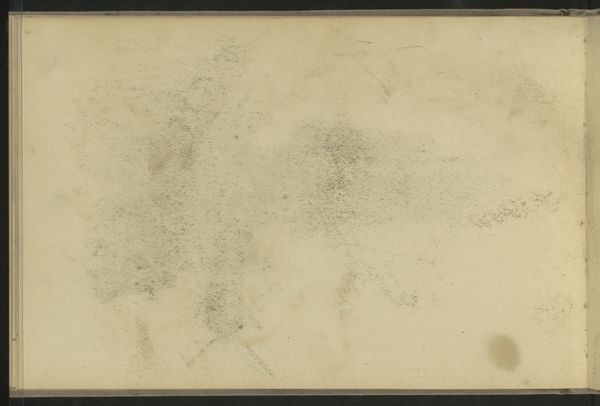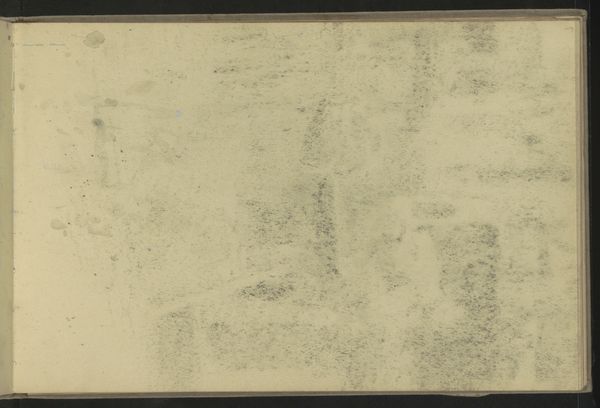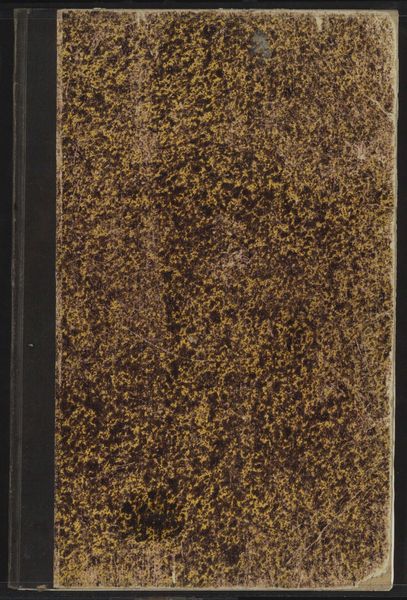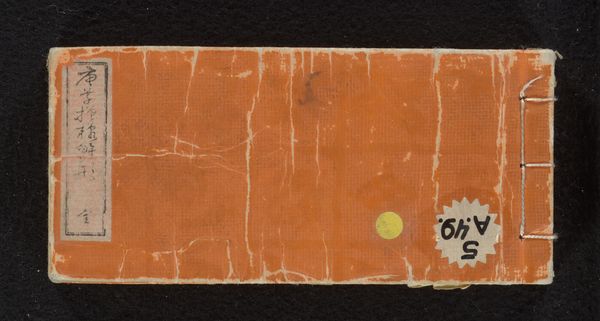
drawing, paper, watercolor, ink, indian-ink, pencil
#
drawing
#
toned paper
#
16_19th-century
#
water colours
#
paper
#
watercolor
#
ink
#
coloured pencil
#
indian-ink
#
romanticism
#
pencil
#
watercolor
Copyright: Public Domain
Editor: So, this is Wilhelm Wach’s “Skizzenbuch, Italien” from 1818. It’s a sketchbook, utilizing watercolor, ink, and pencil on paper, specifically toned paper. Looking at it, the texture of the cover is really catching my eye – it almost feels like leather. How do you see this work? Curator: Well, first, let's consider the materials. A toned paper sketchbook in 1818 was relatively accessible, signifying a shift in art production and a democratization of artistic creation. Wach's use of watercolor, ink, and pencil tells us about his working process. Were these materials readily available on his travels? Were they common to other artists and travelers during that era? Editor: That's an interesting way to look at it. So it’s not just about what he depicted, but also about how he could depict it given material conditions. Curator: Exactly. And what about the craft of bookbinding itself? How does the binding impact the perceived value of the art enclosed within? Editor: I hadn't considered that! It feels almost industrial, in its own way, even though it's from the 19th century. The marbled effect is definitely made by hand. The material choices imply certain functions as a working tool as well. Curator: Precisely. Consider also how sketchbooks themselves challenge established artistic hierarchies. Are they preliminary studies, finished artworks, souvenirs, or commodities to be bought and sold? The labor that went into creating this entire object– the sourcing of pigments, the preparation of the paper, the stitching of the book– all of these impact how we interpret the “art” contained inside. What purpose do you think that the toned paper serves, and who else might have been making toned paper at this point? Editor: This is pushing me to consider a different aspect of the art production beyond the image alone! The support changes my way of thinking about it all! Curator: Exactly, by appreciating and examining the support we start to truly investigate art practices!
Comments
stadelmuseum about 2 years ago
⋮
The 30-year-old Wilhelm Wach used the landscape sketchbook and a pencil (and occasionally a pen) on a two-week journey in July 1818 through mainly Umbria to record landscapes and architectures as well as artworks for himself as a memento. He only left a few pages blank and concentrated mostly on the contours ‒ only the more detailed pen studies are more richly defined by hatching.The journey, which Wach probably undertook from Rome during his stay in Italy from 1817 to 1819, brought the scholarship holder, who was supported by Frederick William III, via Montefiascone northwest of Rome to the Umbrian cities of Orvieto, Spoleto, Trevi, Assisi and Perugia and finally to the Tuscan city of Fiesole. He sketched landscapes and architectures that fascinated him on this route in this sketchbook with quick, sometimes roughly outlined, other times more detailed pencil strokes. Occasionally, he pencilled individual scenes more precisely on a double page and worked them out with dense strokes of pen and brown. The artworks included in this sketchbook, some of which are only details and some of which are complete copies, and which Wach almost exclusively sketched in pencil in churches and monasteries, mostly in portrait format and occasionally with pen and brown ink, are mostly by Renaissance artists ‒ as well as those reproductions made in Italy in his other two sketchbooks in the Städel Museum (Inv. 16296 and 16298) ‒, in this case, primarily the quattrocento.The sketchbook’s recto pages were later pencil-foiled most probably by someone else, not counting the four sheets which were probably cut or torn out by Wach. The numbering of the book “II” on the front inner cover in pencil seems to have been made by yet another person, as well as other details that allow a chronological and content-related classification of the book in comparison to Wach’s other sketchbooks found in the Museum Städel.For a full sketchbook description, please see “Research”.
Join the conversation
Join millions of artists and users on Artera today and experience the ultimate creative platform.

